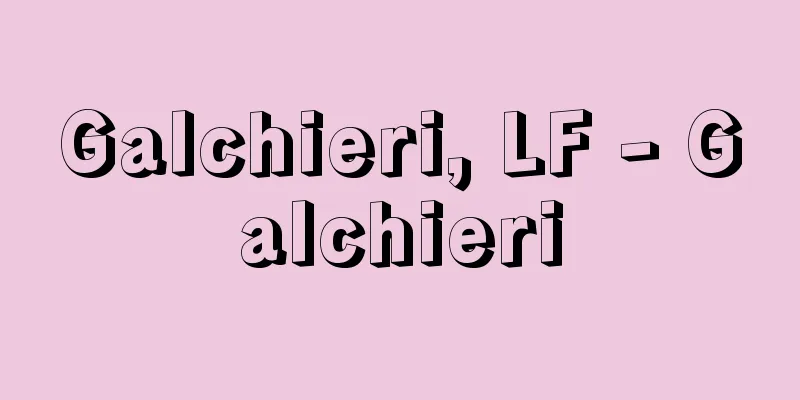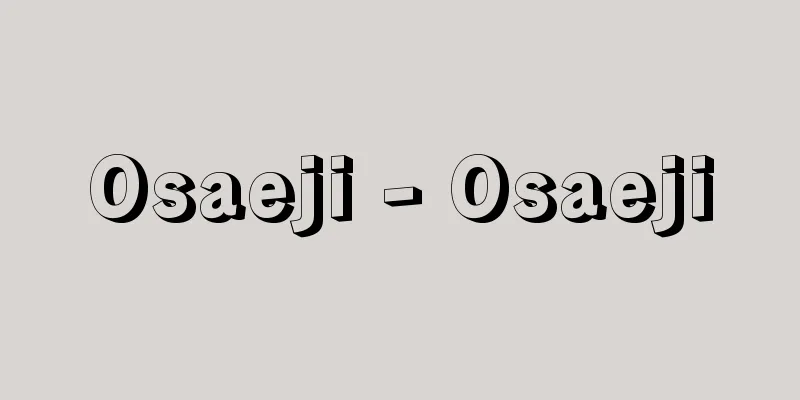The Nagayao Incident

|
A political upheaval occurred in February 729 (Tenpyo 1). Minister of the Left Nagaya no O was accused of plotting a rebellion, and soldiers surrounded the king's residence. After questioning, the king committed suicide. His wife, Princess Kibi, and his children, Prince Kashiwade, Prince Kuwata, Prince Kazuraki, and Prince Kagitori followed him, and the couple were buried on Mt. Ikoma. Although a few people were interred, the king's siblings, wife, children, and other related parties were soon pardoned, and the incident was quickly resolved. This incident was apparently initiated by the Fujiwara clan, who were trying to prevent Asaka from becoming the crown prince and to have Komyoshi become empress in the hope of having a second child, in order to eliminate Nagaya no O, who was seen as an opponent, in the situation where Crown Prince Motoiou (some say it was a certain prince), born to Emperor Shomu and his wife Fujiwara no Komyoshi (later Empress Komyo), had died the previous year, while another wife, Agata Inukai no Hirotoji, had given birth to Prince Asaka. In August of the same year, after the era name was changed from Jinki to Tenpyo, Komyoshi became empress. Nagaya no O's residence was located in Sakyo 3-jo 2-bo of Heijo-kyo, but after the incident it was confiscated by the state and became the palace of Empress Komyo when she was made empress, as revealed by excavated wooden tablets. [Kazumi Tateno] "Terasaki Yasuhiro, 'The King of Nagaya' (1999, Yoshikawa Kobunkan)" Source: Shogakukan Encyclopedia Nipponica About Encyclopedia Nipponica Information | Legend |
|
729年(天平1)2月に起こった政変。左大臣長屋王が謀反を計画しているとの告発を受け、兵が王邸を包囲し訊問の結果、王は自殺。妻の吉備内親王(きびないしんのう)、子の膳夫王(かしわでおう)、桑田王、葛木王(かずらきおう)、鉤取王(かぎとりおう)らも後を追い、夫妻は生馬(生駒)山(いこまやま)に葬られた。縁坐した者も少数はいたが、まもなく王の兄弟姉妹、妻子をはじめ関係者は許され、事件は急速に集結した。これは聖武天皇と夫人(ぶにん)藤原光明子(ふじわらのこうみょうし)(のちの光明皇后)との間に生まれた皇太子基王(もといおう)(某王との説も)が前年に死去する一方、別の夫人県犬養広刀自(あがたいぬかいのひろとじ)が安積親王(あさかしんのう)を生んだ状況下で、安積立太子を阻むとともに第2子誕生を期待して、光明子立后(りっこう)をめざす藤原氏が、反対派と目される長屋王を排除するために起こした事件とみられる。同年8月、神亀(じんき)から天平に改元したのち光明子は皇后となった。なお長屋王邸は平城京左京3条2坊にあり、事件後それは国家に没収され、立后に伴って光明皇后の宮になったことが、出土木簡(もっかん)によって判明している。 [舘野和己] 『寺崎保広著『長屋王』(1999・吉川弘文館)』 出典 小学館 日本大百科全書(ニッポニカ)日本大百科全書(ニッポニカ)について 情報 | 凡例 |
<<: Cherry blossom viewing in the tenement house
>>: Nagayao Gankyo Sutra - Nagayao Gankyo Sutra
Recommend
Onomatopoeia - Onomatopoeia
Words used to describe states that are not directl...
Hakodate [city] - Hakodate
A city in southwest Hokkaido. Established as a cit...
Sea power
1. The naval power of a nation. Also, a country wi...
Kamagaya [city] - Kamagaya
A city located on the Shimousa Plateau in the nort...
Southey, Robert
Born: August 12, 1774, Bristol [died] March 21, 18...
crape
… Cotton crepe, which uses tightly twisted weft y...
Akita Plain - Akita Heiya
A plain stretching along the Sea of Japan in th...
Historical painting - English
Paintings that are based on historical events or ...
Kang-li Kui-kui (English spelling)
1295‐1345 A calligrapher from the Yuan Dynasty in ...
Enkyobo Kensei - Enkyobo Kensei
...The name Tamon-in Diary comes from the fact th...
Aristolochia debilis (English spelling)
… [Mitsuru Hotta]... From [Koka] ...Name of herba...
Ethnocentrism
Ethnocentrism. A word derived from the Greek words...
Yakkomono - Yakkomono
A type of Kabuki kyogen. The main characters are s...
Besson Zakki - Besson Zakki
Also known as the Gojukansho (Five-volume Collecti...
Securities business - shokengyo
The securities business is an intermediary busine...









